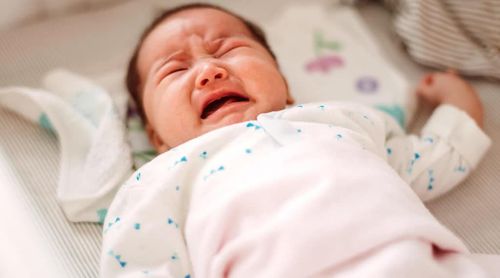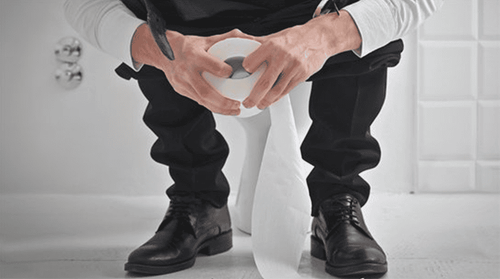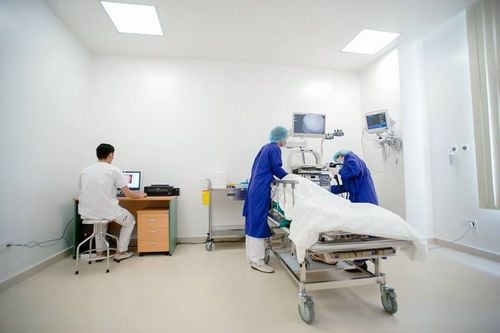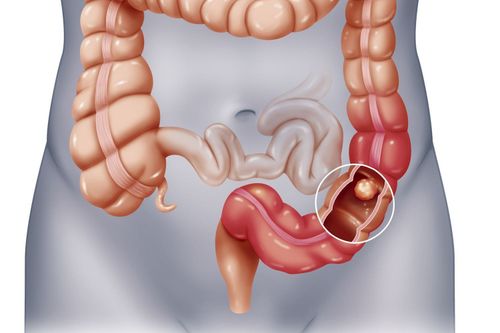This is an automatically translated article.
The article was professionally consulted by Dr. CCII Tran Thi Linh Chi - Department of Pediatrics - Neonatology, Vinmec Hai Phong International General Hospital. Uncle has 15 years of experience working in the field of Pediatrics, former Head of Functional Exploration Department, Head of Cardiology and Thoracic Department of Hai Phong Children's Hospital. Doctor has strengths in the examination and treatment of internal pediatric diseases, congenital heart consultation.Intussusception is a common surgical disease in children, occurring because a segment of intestine is turned upside down, entering the lumen of the adjacent bowel. This is the cause of mechanical intestinal obstruction, the mechanism is both occlusion and ligation.
1. How to treat intussusception in nursing infants
There are many ways to treat intussusception in a nursing baby, the doctor will choose based on the disease situation and health conditions of the child.
Intubation de-intubation Today, the intubation method of intussusception is commonly used instead of the previous Baryt-intubation method.
In our country, inflating cage removal began to be carried out in 1964, by 1973, Ngo Dinh Mac had comprehensively researched and developed, along with the release of the cage defibrillator with pressure control valve. . This helps prevent colon rupture complications when removing the intussusception.
In this method, air is injected into the rectum for 3 minutes, monitored so that the pressure is below 80cm H2O (for babies under 6 months) and less than 120cm H2O (in children older than 6 months). If the patient arrives early (within the first 24 hours), the success rate of intubation is 90%.
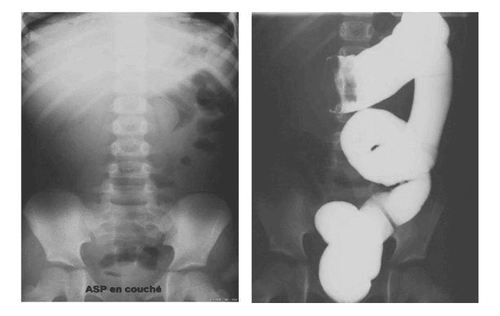
To assess for intubation, perform:
X-ray: air from the cecum rushes to the terminal ileum, cecum, ascending colon, bowel returns to normal. Clinical: Abdominal pain, vomiting, yellow stools, quiet sleep. It is necessary to be wary of the case of double intussusception of the ileum - ileum - colon, at this time, even though the air has entered the small intestine, there is still an ileo-ileal intussusception.
Water de-intubation Hirschsprung (1876) reported many patients who were successfully de-intubated by water pressure. Today, this method of intubation can be easily performed in the ultrasound room.
The solution used includes water, Ringer's solution or physiological saline. The drain solution is warmed to body temperature, then injected rectally through a Foley tube (no. 10 - 18F) under 100 mmHg pressure.
Follow up the results of intubation by ultrasound, if there is no image of the intussusception, and water and air bubbles from the cecum overflow to the terminal ileum, the intubation has been successfully removed. The success rate of water removal is 50-89%. With this method, the patient does not have to use X-rays.
Intubation with barium In 1913, Ladd applied the method of colonoscopy combined with contrast injection to diagnose intussusception. Later, Baryt's method of intussusception was introduced, now less commonly used, not when intussusception after 24 hours.
Baryloid enema is currently only considered a diagnostic method, not a treatment method, removing the intussusception with this method should only be considered lucky in the diagnostic process.
Here, the barium container is placed 80-100cm above the tabletop, then monitor the patient through a fluorescein screen, most importantly when the drug reaches the tip of the cage, maintaining pressure for less than 5 minutes.
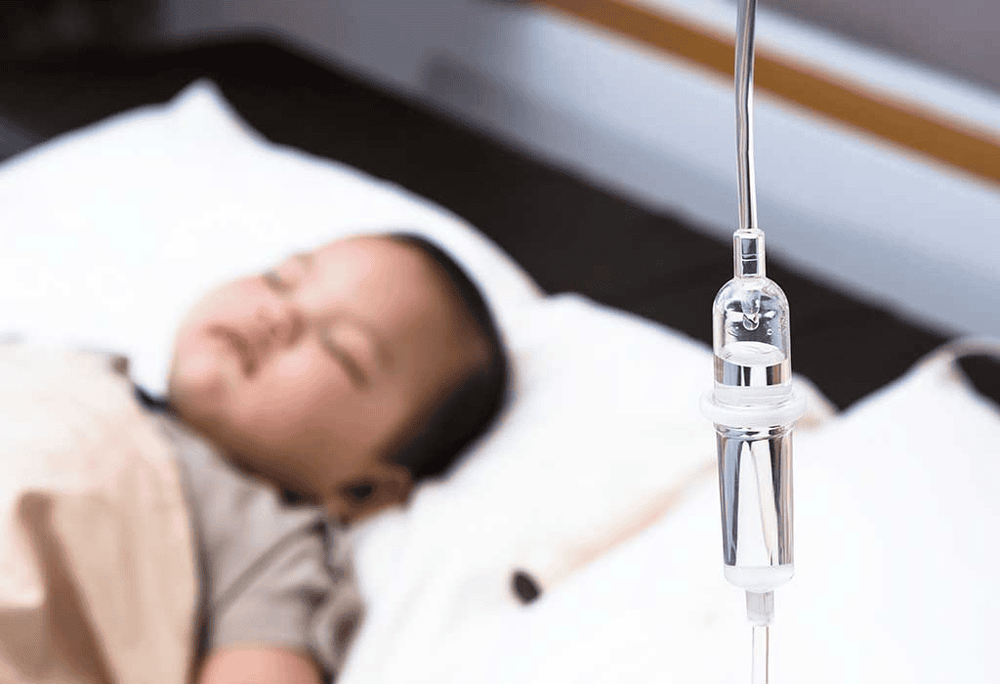
A sign of successful intubation is when the baryte rushes into the ileum, ileum, and caecum to return to its normal position. Patient no pain, no vomiting, yellow stools.
Surgical treatment In the mid-17th century, Paul Barbette described intussusception and suggested surgical methods to remove the intussusception. In 1871, Jonathan Hutchinson performed the first successful intussusception surgery and has been applied to this day.
This method is indicated when intussusception is contraindicated with air intubation or other methods are unsuccessful.
Anesthesia: need endotracheal anesthesia. Incision: white line in the middle above and below the navel. Technique to remove the incubator: Seeing the intussusception, gently squeeze the intussusception in the opposite direction, from bottom to top, gradually pushing back the intussusception. If there are difficulties, warm serum should be applied or the mesenteric novocain should be used. If the necrotic intussusception is to be resected, it is necessary to connect the intestine immediately or exit it depending on the condition of the intestine and the abdomen: If the abdomen does not have peritonitis, the bowel loop is still good, the intestine should be connected immediately. If the abdomen has peritonitis, it is necessary to drain the two ends of the intestine out. It is necessary to remove the appendix and fix the ileum to the cecum, the cecum with the right abdominal wall.
2. Treatment of intussusception in older children
The majority of intussusception in older children has a physical cause, the disease is easy to recur, the most common is ileocecal-colon intussusception, so the most effective method is surgery to remove the intussusception, fix the cecum. right abdominal wall, ileum into cecum, and appendectomy.
Besides, it is also important to pay attention to find the cause of the disease to solve such as: removal of Meckel's diverticulum, tumor, polyp...
As a key area of Vinmec Health system, Pediatrics Department always brings satisfaction For customers and highly appreciated by industry experts with:
Gathering a team of leading doctors and nurses in Pediatrics: including leading experts with high professional qualifications (professors, associate professors) , doctorate, master), rich experience, worked at big hospitals like Bach Mai, 108.. The doctors are well-trained, professional, have a heart - reach, understand young psychology . In addition to domestic pediatric specialists, the Department of Pediatrics also has the participation of foreign experts (Japan, Singapore, Australia, USA) who are always pioneers in applying the latest and most effective treatment regimens. . Comprehensive services: In the field of Pediatrics, Vinmec provides a series of continuous medical examination and treatment services from Newborn to Pediatric and Vaccine,... according to international standards to help parents take care of their baby's health from birth to childhood. from birth to adulthood Specialized techniques: Vinmec has successfully deployed many specialized techniques to make the treatment of difficult diseases in Pediatrics more effective: neurosurgery - skull surgery, stem cell transplantation. blood in cancer treatment. Professional care: In addition to understanding children's psychology, Vinmec also pays special attention to the children's play space, helping them to have fun and get used to the hospital's environment, cooperate in treatment, improve the efficiency of medical treatment.
Please dial HOTLINE for more information or register for an appointment HERE. Download MyVinmec app to make appointments faster and to manage your bookings easily.






